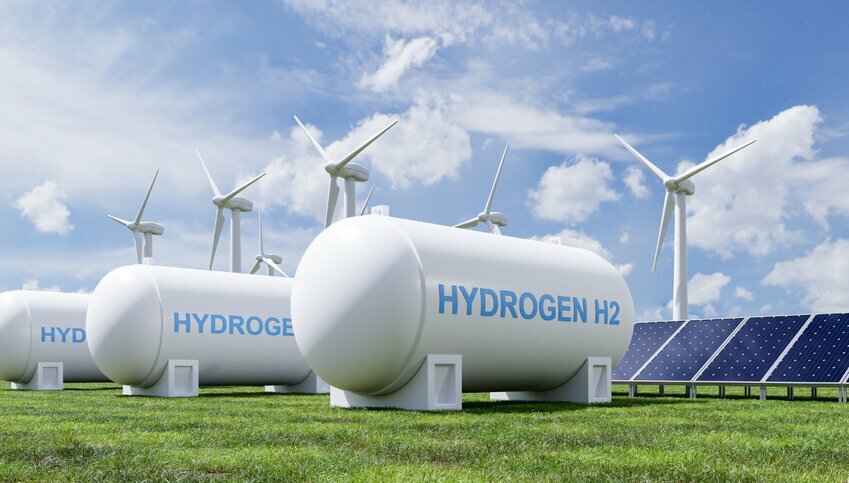 (Credit: Canva Pro)
(Credit: Canva Pro)The Biden-Harris Administration has unveiled the U.S. National Clean Hydrogen Strategy and Roadmap, which offers a comprehensive framework aimed at accelerating the adoption and utilization of clean hydrogen as a versatile and low-carbon energy carrier. The administration also revealed several other plans that align with the Investing in America agenda, and this particular initiative emphasizes the importance of commercial-scale hydrogen.
Clean hydrogen is poised to play a crucial role in reducing emissions from energy-intensive sectors such as industry, chemical processes, and heavy-duty transportation. Additionally, it enables the expansion of variable renewable power by offering long-duration energy storage capabilities and multiple revenue streams for clean power generation. This roadmap, developed by the U.S. Department of Energy (DOE) in collaboration with other federal agencies, signifies the administration's commitment to transitioning to a carbon-free grid by 2035 and a net-zero emissions economy by 2050.
Assistant to the President and National Climate Advisor Ali Zaidi highlighted the benefits of clean hydrogen in terms of decarbonizing hard-to-abate industries, local economic development, and job creation. The roadmap aims to align public and private sectors regarding energy and sustainability transitions across the country.
The strategy and roadmap provide an overview of hydrogen production, transport, storage, and utilization in the United States. The plan sets targets for domestic clean hydrogen production, and the roadmap complements the $9.5 billion investment in clean hydrogen through the President's Bipartisan Infrastructure Law.
Moreover, this particular initiative outlines three key strategies to ensure the effective development and adoption of clean hydrogen as a decarbonization tool. These strategies include targeting high-impact applications where clean hydrogen can provide the greatest benefit, reducing the cost of clean hydrogen through innovation and scaling, and establishing regional networks with large-scale clean hydrogen production and end-use in close proximity to maximize infrastructure investment and drive market growth.
Clean hydrogen not only offers substantial economic benefits but also has the potential to create tens of thousands of new jobs across the country, particularly in underserved communities. The DOE's report, "Pathways to Commercial Liftoff: Clean Hydrogen," estimates that the hydrogen economy could generate 100,000 net new direct and indirect jobs by 2030.